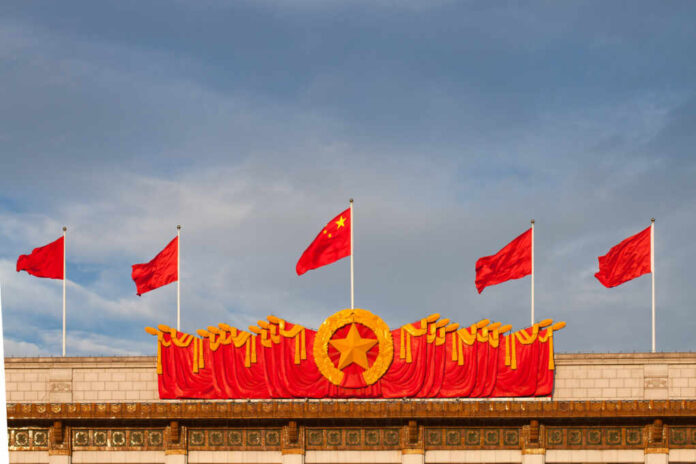
China’s Communist Party grapples with a disheartened youth population amidst its aging leadership, facing a struggle that could jeopardize the party’s future.
At a Glance
- The Communist Youth League (CYL) has 73.7 million members, with an additional 130 million Young Pioneers.
- Youth disillusionment with China’s Communist Party is on the rise due to economic decline and high unemployment.
- Cultural trends like “lying flat” and “full-time children” reflect young people’s disengagement from traditional career paths.
- The CCP aims to prevent youth movements like previous protests by focusing on indoctrinating the youth.
- China’s Communist Party membership increased by 1.1%, reaching over 100 million, but youth membership is declining.
Aging Leadership Meets Youthful Discontent
The Chinese Communist Party’s leadership, dominated by aging members, faces significant challenges in capturing the interest of the younger generation. Despite the CYL boasting 73.7 million members aged 14 to 28, youth disengagement is growing. Frustration stems from limited job prospects and economic stagnation. The youth, disillusioned with traditional career pathways, are increasingly turning to socio-cultural movements like “lying flat” to express discontent with societal pressures.
The Communist Party of China now has 100.27 million members. (by Dec. 31, 2024)👍👍👍
With China’s population at 1.408 billion, that’s roughly 1 in every 14 Chinese. A salute to the world’s largest political party (also one of the greatest👍👍👍).
Tomorrow, it turns 104—let’s… pic.twitter.com/yBb6rfKNM6
— Patrick in China (@PatrickZhengCHN) June 30, 2025
Communist Party’s Strategy and Limitations
The CCP is aware of the need to win over young hearts and minds, prompting Xi Jinping to advocate for reforms within the CYL. However, reforms that merely combat bureaucracy may offer little to inspire youth engagement. Reports indicate a concerning decrease in party members under 30, reflecting an inability to attract fresh talent despite 21 million applications last year. The CCDI continues to monitor party members, but increased enforcement may fail to address the root causes of youth dissatisfaction.
Beyond membership numbers, the CCP’s growing senior membership hints at the challenges within its recruitment process. Screening has become more rigorous, but aligning the party with youth aspirations remains a more complex endeavor. Dismissing recruits open to alternative viewpoints could disadvantage the party long-term, limiting innovation and adaptation. A vibrant, younger demographic is crucial for any political entity wishing to remain relevant in an evolving landscape.
A Cultural Shift or Institutional Shortcomings?
The shifting cultural landscape manifests in trends like “lying flat,” where youths choose minimalist lifestyles and reject relentless career pursuits.
Such movements raise questions about systemic institutional failures. By combatting these expressions of dissatisfaction through increased indoctrination and suppression, the party might end up stifling the very creativity and innovation needed to address future challenges. Whether the CCP adapts to these new realities or doubles down on autocratic policies will shape its trajectory and relevance.
Although reaching over 100 million members indicates growth, the drop in young recruits is a troubling trend that must be addressed. The Communist Party must consider not only how it can attract new, passionate members, but also how to engage them meaningfully and maintain their enthusiasm. A failure to do so may mean more than losing interest—it could signal a weakening of the party’s foundational strength as youth voices grow louder and more influential.

























